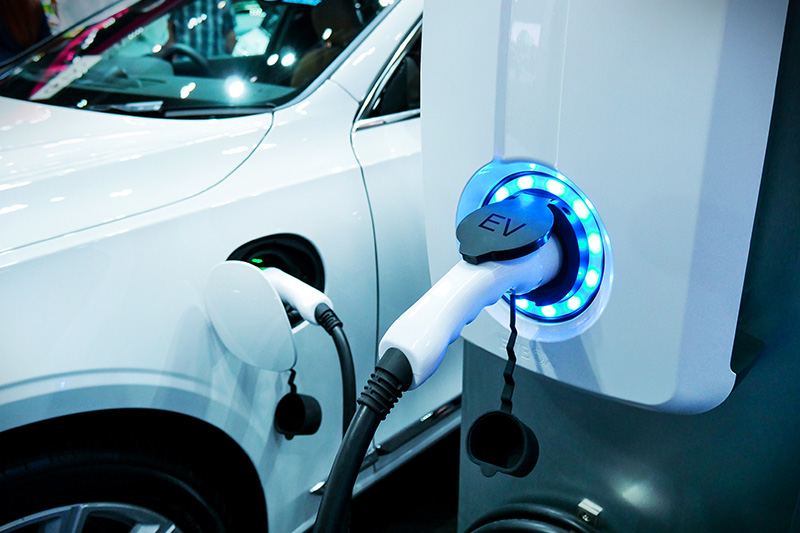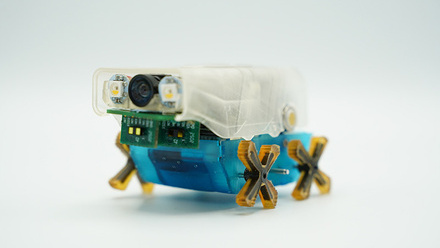Modelling EV battery health
An approach to estimating an electric vehicle battery’s remaining useful life combines electrochemical models with cloud battery management.

It could help unlock additional performance, better range and increased levels of safety.
The collaborative project known as VIPER – Validated & Integrated Platform for battery Remaining useful life – combines the expertise of Eatron Technologies and WMG at the University of Warwick, UK.
Dhammika Widanage, Associate Professor at the University of Warwick, says, 'By knowing what the remaining useful life is accurately, measures can be put into place to ensure that the vehicle performance and customer experience is sustained. These measures are typically related to how a vehicle is charged and controlling the frequency of extreme fast charging.'
The team explains that Traditional Remaining Useful Life (RUL) estimates often rely on simple voltage-based analytics that may miss complex failure conditions, potentially risking consumer safety, while other risk-averse options may result in healthy battery packs being unnecessarily rendered unusable.
The method employed by Widanage’s research team combines WMG’s advanced electrochemical models with Eatron’s cloud battery management and integration expertise to deliver the RUL.
He explains, 'Simple voltage-based analytics can indicate what the current state-of-health of a vehicle’s battery pack is but cannot reliably indicate how the pack’s life will behave under future driving scenarios. We wanted to address this problem by ensuring that advanced states (not just the voltage) of the battery pack are measured and predict how the battery life will continue to behave for various usage scenarios.'
They reportedly have obtained 98-94% accuracy in capacity fade predictions over two temperatures (250°C and 450°C) and with mixed cycling/driving conditions. This required ~10-15 weeks of ageing data to then forecast the various scenarios for over 30 weeks.
Widanage shares, 'The models that were developed for the edge and cloud platforms accounted for the underpinning degradation physics and were validated using datasets that covered varying temperatures and driver behaviours. There is still a need for high-quality ageing data for model development and further opportunities to reduce and optimise the model calibration and validation stage.'
The system could then be embedded in an automotive-grade battery management system or deployed across a cloud-based platform, particularly appealing for fleet applications.
Additionally, it could be accompanied by a ‘health stamp’ in the form of a battery passport, which negates the need for expensive testing.
Widanage adds, 'Battery degradation is a complex topic and extending the models’ capabilities to further degradation modes are currently being researched. We will continue our collaboration with Eatron as they evaluate and deploy the models with their customers to further improve the overall framework.
'We currently have researchers and PhD students at WMG working on the next set of topics to advance the methods and evaluate their applicability with our industrial partners.' The common interest on understanding and predicting battery degradation between Eatron Technologies and WMG, he says, was key to the collaboration and inspired them to seek funding from Innovate UK and the Faraday Institution to develop the process.







